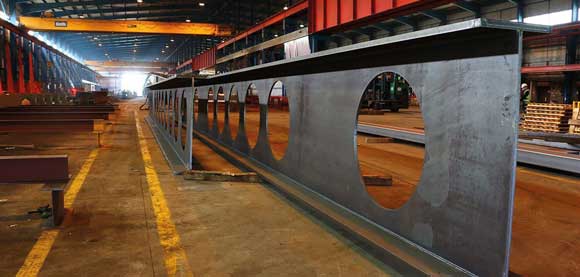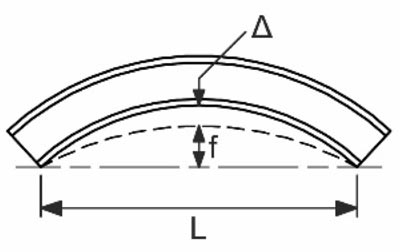Technical
AD 515: Welding of structural nuts and bolts
SCI’s Advisory Desk has recently received queries from designers asking if it permissible to weld structural nuts and bolts – typically for situations where there is no access to one side of a connection.
The high temperatures reached during welding will affect the material properties of the nut or bolt and can cause the nut or bolt to become distorted, therefore welding fasteners is generally not permitted. Clause 8.2.1 of BS EN 1090-2 specifies that bolts and nuts shall not be welded, unless otherwise specified, however it is difficult to think of circumstances where welding fasteners would be appropriate.
Mechanical properties of structural fasteners made from carbon steel and alloy steel are given in BS EN ISO 898-1. Annex B of the standard explains that elevated temperatures can cause changes in the mechanical properties and in the functional performance of a fastener.
The Corrigenda to the 7th edition of the National Structural Steelwork Specification for Building Construction (NSSS), published on 3rd April 2023 and which came into force on 2nd October 2023, makes the use of the Model specification for the purchase of structural bolting assemblies and holding down bolts mandatory, which in turn states that bolting assemblies shall not be welded.
In situations where access is not possible, various solutions are available which do not involve welding the fastener. Cages which are welded to the plate, constraining the nut, are one solution. Various types of expanding anchors and gravity operated toggle bolts are available for one-sided (“blind”) fixing applications.
Contact: Liam Dougherty
Tel: 01344 636555
Email: advisory@steel-sci.com











